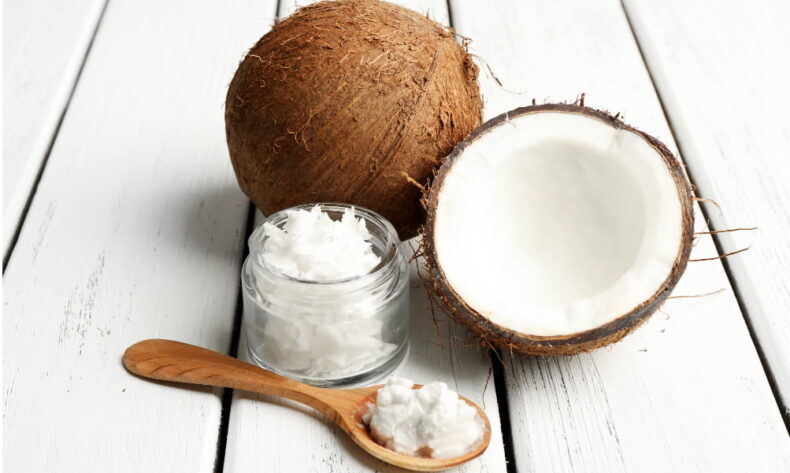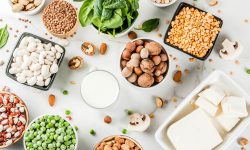Whether you need a refreshing drink on a hot day, an indulgent summer treat, or…
Coconut oil burst onto the health scene a few years ago, and has proven to be an incredible ingredient with unparalleled versatility. Whether it’s for cooking, baking, smoothies, or even moisturizing your skin, it seems like everyone is reaching for coconut oil. But this isn’t the only coconut product that is getting attention. Coconut butter, also called coconut manna, in particular, is slowly establishing itself as a culinary superstar with astounding health benefits and a wide range of uses.
What’s the difference between coconut butter and coconut oil?
Although coconut butter can easily be mistaken as coconut oil, as they both solidify at room temperature, their purposes are distinct and drastic. Take peanut butter and peanut oil for example–you would never interchange the two ingredients. Coconut oil is mild to medium in flavour, and simply the oil that has been cold-pressed from coconut meat. Coconut butter, on the other hand, is pureed coconut meat, which includes all of the flesh and the oil, making it intense and robust in flavour.
Is coconut butter healthy?
Coconut butter comes with a long list of prestigious health benefits: aids weight loss, boosts immunity, helps prevent certain diseases[1]. While coconut butter and coconut oil both contain similar nutrients, such as the powerful lauric acid, the butter does have advantages considering that it also contains the flesh of coconut. Notably iron and fibre, both of which are absent in coconut oil, offer tremendous benefits as most people do not consume enough fibre. In fact, 20 to 25% of the world population are affected by iron deficiency[2].
What is coconut butter used for?
Besides eating it straight from the jar–yes, I’m serious–coconut butter has endless uses in the kitchen. It would be bold to claim that it is more versatile than coconut oil, but it may very well be true.
- Use it as toast spread.
- Topping for pancakes and waffles.
- Add it to curry for an incredible flavour.
- Toss it with shrimp, shellfish, or chicken.
- Replace dairy butter in baking recipes.
- Stir it in oatmeal or granola.
- Add it to a smoothie for a burst of tropical flavour.
- Eat it with cacao nibs as dessert.
- Use it in creamy dairy-free tomato sauce.
- Drizzle over fruit or yoghurt.
- Make vegan mayonnaise.
- Use as dairy-free creamer.
- Add it to stir-fy for a coconut-flavoured base.
- Dip fresh fruits in softened coconut butter and freeze for dessert.
- Warm up coconut butter and chocolate chips then drizzle over ice cream for a shell coating.
How to make coconut butter at home.
If you can’t find coconut butter or have run out, it’s also super easy to make your own with dried coconut flakes. Put 2 cups in a blender or food processor and blend on high for up to 20 minutes, scraping down the sides often. The end product should be smooth, thick, and buttery!
Coconut butter may not be getting as much attention as its oil counterpart, but it definitely deserves equal, if not more, recognition. Have you tried coconut butter? Share with us your favourite ways of using this healthy and delicious ingredient!
[1] https://draxe.com/coconut-butter/
[2] http://www.statcan.gc.ca/pub/82-003-x/2012004/article/11742-eng.htm
| GET COCONUT BUTTER TODAY! |




